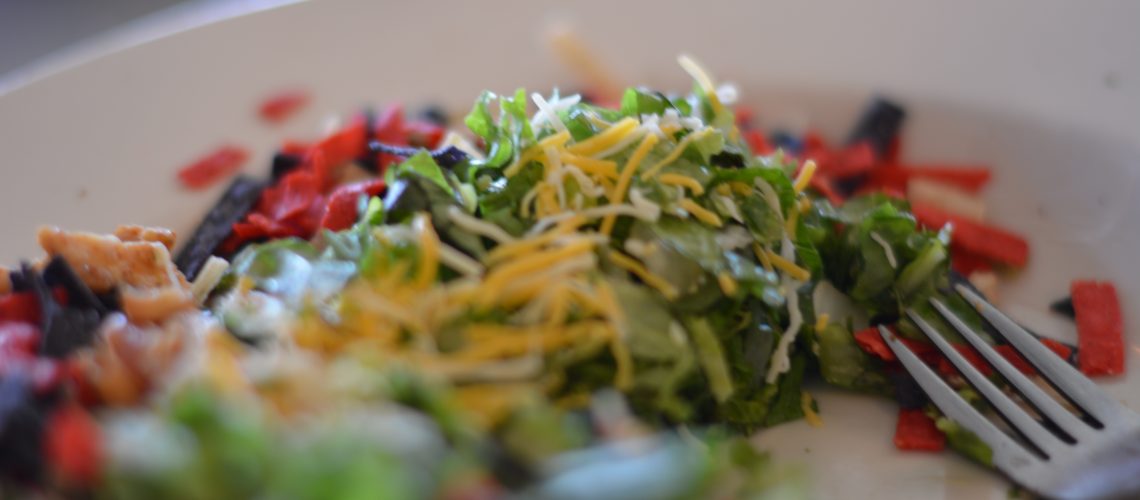The mark of convenience: salad bags have revolutionised the way people get ready for gatherings. Just get a pre-washed salad bag and you are ready to go. But a recent research might push us to go back to hand washing our salad leaves.
Salad itself is already a more risky food to eat. The reason being? The food you eat is not cooked properly and salmonella and other types of pathogens have a better chance of surviving there. One example can be seen earlier this year. In February 2016, more than 50 people in Victoria, Australia developed salmonellosis after eating bagged salad leaves.
The recent research observed the salad over the course of five days worth of refrigeration – your typical storage time for bagged salad. Initially, there were 100 salmonella pathogens which by the end of the experiment, it had multiplied to 100,000 bacteria. What caused this? The salad juice helped build a strong attachment between the salmonella and salad leaves that even vigorous water washing could not remove the bacteria. Salad leaf juice also enhanced the pathogen’s ability to attach to the plastic containers used to contain salads for sale. Most concerning was that the juices released from the salad leaves enhanced salmonella’s infection in the consumer.
So now what?
By no means should we stop eating greens. Just take more car on how it is to be stored, prepared and used according to the guidance on the pack. Avoid bags of salad with mashed up leaves, avoid any bags or salad containers that look old, store in the fridge and use the salad as quickly as possible after purchase to minimise the growth of any pathogens that might be present.
Do you need to change any of your salad bag habits? Are there any other steps you can think of that can improve the safety of eating bagged salad?
If you would like more information on this topic or get the source URL for this article, then email us at [email protected]
